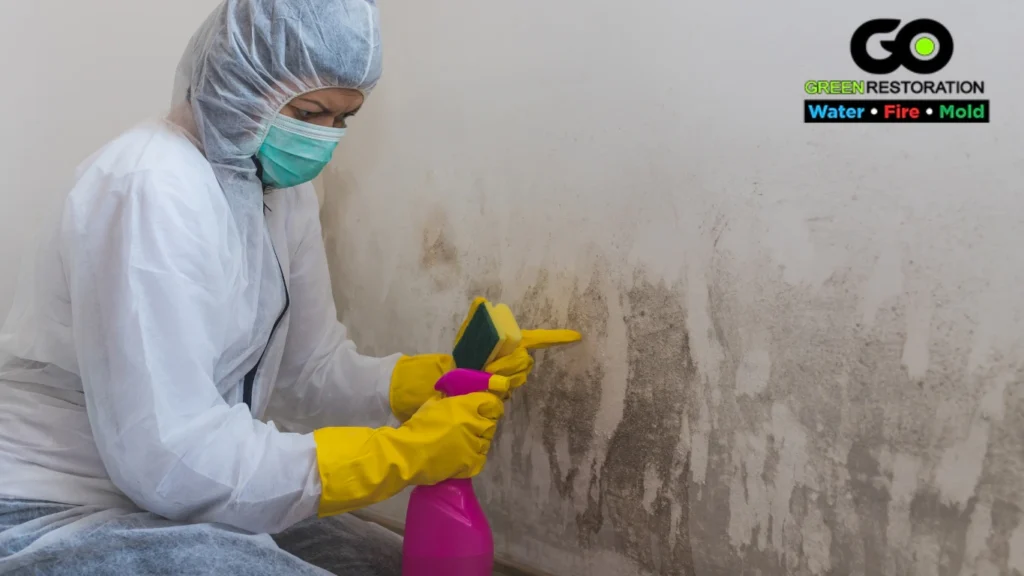Throughout history, mold outbreaks have caused significant health issues and structural damage, forcing industries to reevaluate mold remediation strategies. High-profile cases in schools, hospitals, and homes have exposed the dangers of unchecked mold growth, particularly in humid and water-damaged environments. These incidents highlighted the need for stricter building regulations, improved moisture control, and advanced remediation techniques to prevent widespread contamination.
How Early Remediation Efforts Fell Short
Decades ago, mold removal relied on surface cleaning methods that often failed to address the root cause of contamination. Bleach and disinfectants were used to wipe visible mold away, but spores embedded in porous materials continued to spread. Without proper containment and ventilation, these outdated techniques often worsened indoor air quality, leading to recurring outbreaks. As mold remediation science evolved, experts realized that eliminating moisture sources and using specialized treatments were essential for long-term success.
The Shift Toward Advanced Remediation Techniques
Modern mold remediation has been shaped by lessons from past outbreaks, leading to more effective solutions. HEPA filtration systems now capture airborne spores, preventing cross-contamination during cleanup. Infrared thermal imaging helps detect hidden moisture, ensuring mold-prone areas are identified before outbreaks occur. Eco-friendly enzyme-based treatments have replaced harsh chemical cleaners, breaking down mold at a molecular level without introducing toxic residues. These advancements have revolutionized the industry, making mold remediation safer and more efficient.
Mold Prevention and the Future of Remediation
Beyond removal, the focus of mold remediation has shifted toward proactive prevention. Smart humidity sensors now monitor indoor conditions, alerting property owners to moisture buildup before mold can develop. AI-driven air quality systems provide real-time assessments, identifying potential risks in homes and commercial buildings. As technology continues to advance, mold remediation will become increasingly proactive, ensuring healthier indoor environments and reducing the risk of future outbreaks.
Learn more:
How Science Has Shaped Modern Mold Remediation Techniques

